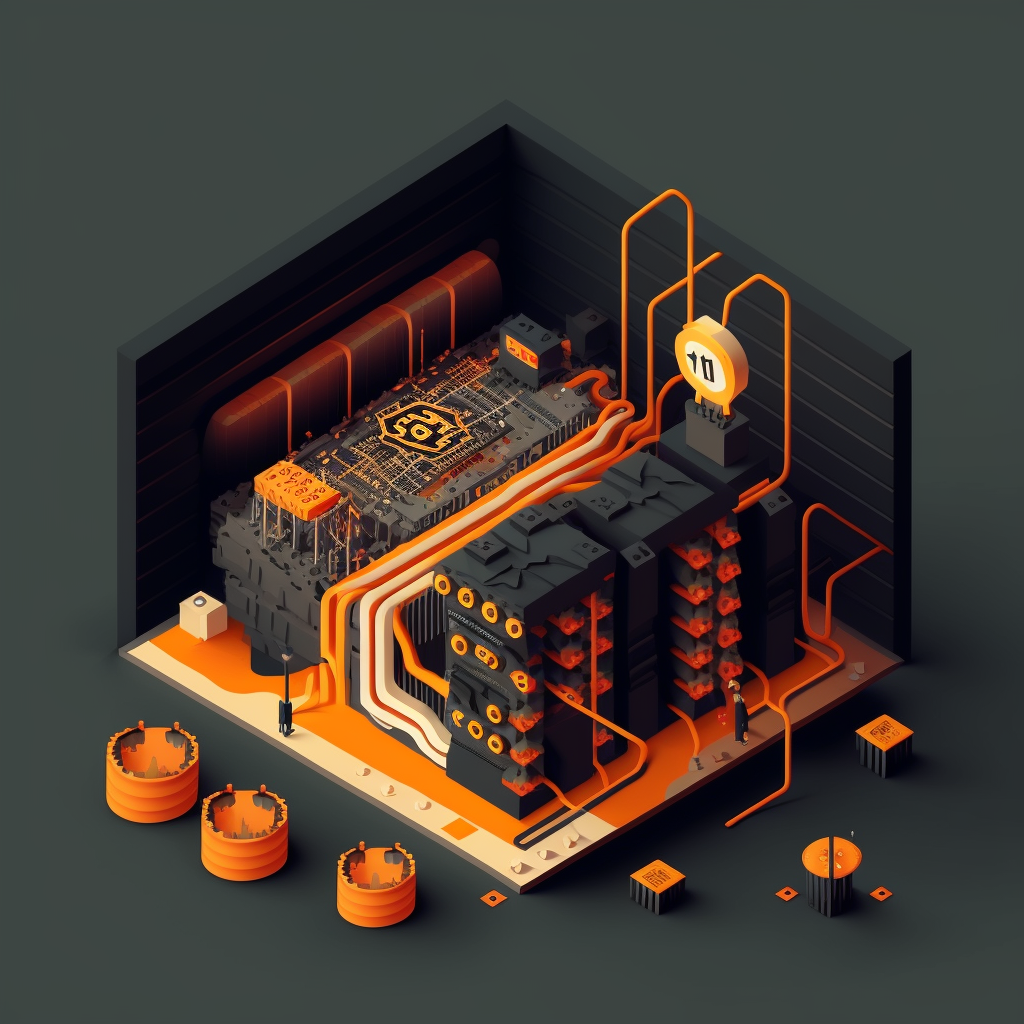Bitcoin Mining: The Backbone of the Blockchain
Bitcoin mining is the process of adding new transactions to the Bitcoin blockchain, and it is a crucial component of the Bitcoin network. Bitcoin mining is the process of solving complex mathematical problems, known as proof-of-work algorithms, in order to add new blocks to the blockchain. These blocks contain a record of all the transactions that have taken place on the network, and they are necessary for maintaining the integrity and security of the Bitcoin network.
At the core of Bitcoin mining is the proof-of-work algorithm, which is designed to be difficult to solve but easy to verify. The proof-of-work algorithm is based on a cryptographic hash function, which takes an input and produces a fixed-size output. In the case of Bitcoin, the input is a block of transactions, and the output is a unique code, known as a hash.
The goal of the proof-of-work algorithm is to find a hash that meets certain criteria, such as starting with a certain number of zeroes. The difficulty of solving the proof-of-work algorithm is adjusted in order to maintain a consistent rate of block creation. This is done by adjusting the difficulty of the problem, so that the average time to find a solution is 10 minutes. This ensures that new blocks are added to the blockchain at a steady rate, and it also ensures that the network is secure from malicious actors.








